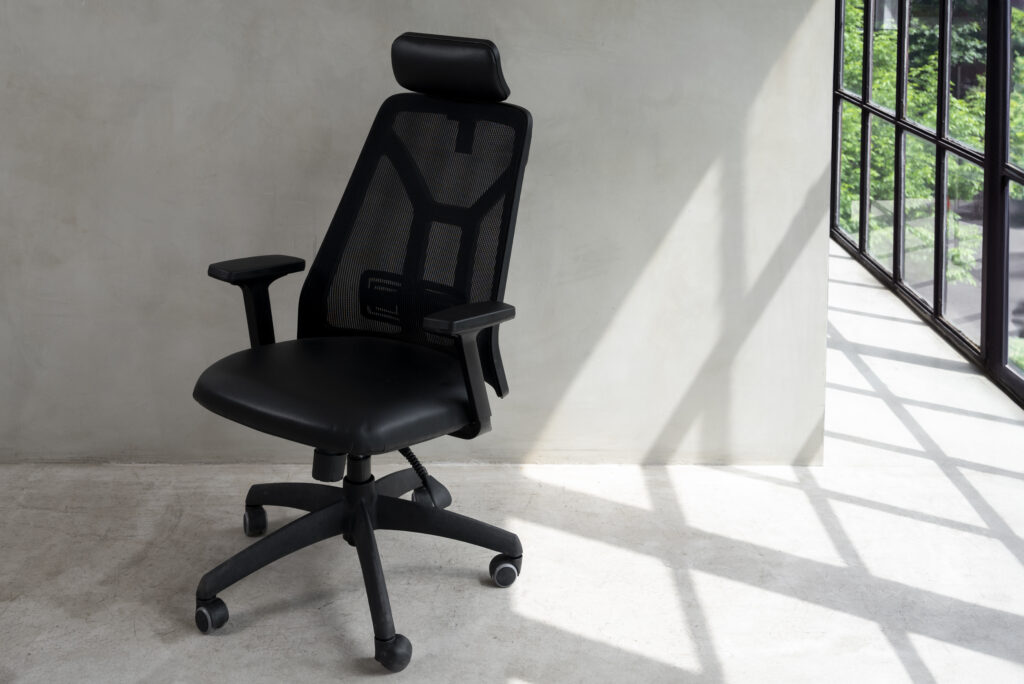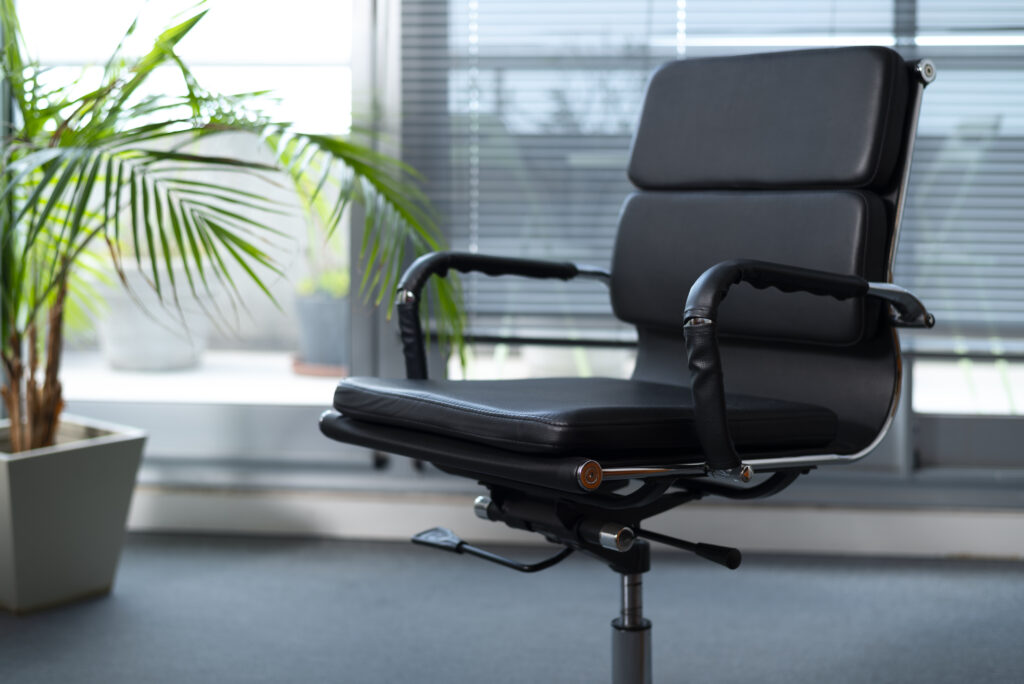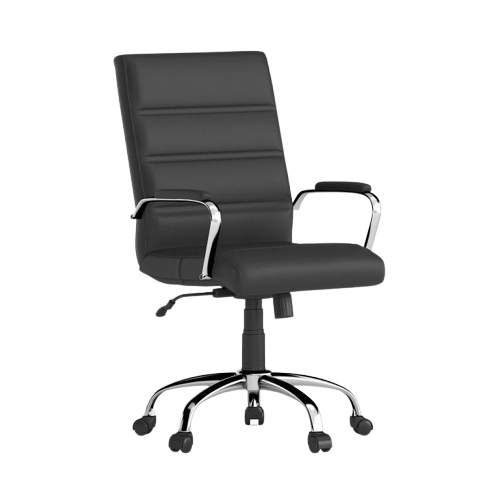Introduction
In today’s fast-paced work environment, long hours of sitting have become the norm, leading to various health concerns such as back pain, poor posture, and decreased productivity. Ergonomic chairs are designed to address these issues by providing optimal support and promoting good posture. Understanding the science behind ergonomic seating can help individuals and organizations make informed decisions that enhance workplace well-being and efficiency.
The Science of Ergonomics
Ergonomics is the study of designing tools, equipment, and workspaces to fit human needs, reducing strain and increasing comfort. Ergonomic chairs are a key component of this discipline, as they are specifically engineered to support the natural curvature of the spine, encourage proper sitting posture, and reduce stress on the musculoskeletal system.
1. Spinal Alignment and Posture Support
One of the primary benefits of ergonomic chairs is their ability to maintain spinal alignment. Unlike traditional chairs, which may force the body into unnatural positions, ergonomic chairs are designed to support the S-shape of the spine. Features such as lumbar support, adjustable backrests, and seat depth customization help users maintain proper posture, reducing the risk of developing chronic back pain and spinal disorders.
2. Reducing Pressure on Hips and Lower Back
Sitting for extended periods places significant pressure on the lower back and hips, leading to discomfort and long-term health issues. Ergonomic chairs are equipped with cushioned seats, waterfall edge designs, and adjustable seat heights to distribute body weight evenly. This reduces strain on pressure points and improves circulation, preventing numbness and discomfort.
3. Enhancing Blood Circulation and Reducing Fatigue
Poor seating posture and inadequate support can restrict blood flow, leading to fatigue, muscle stiffness, and even deep vein thrombosis (DVT) in extreme cases. Ergonomic chairs promote movement with features like swivel bases, reclining options, and armrest adjustments, encouraging micro-movements that improve circulation and energy levels throughout the day.
The Impact on Productivity
Ergonomic chairs contribute directly to increased productivity in several ways:
1. Reducing Workplace Discomfort
Discomfort and pain caused by poor seating can lead to frequent breaks, loss of concentration, and decreased efficiency. By eliminating these issues, ergonomic chairs allow employees to focus on their tasks for extended periods without distractions.
2. Boosting Mental Well-Being
Physical discomfort often leads to stress, irritability, and reduced morale. A comfortable seating arrangement enhances mental well-being, leading to a more positive and engaged workforce. Employees who feel physically comfortable are more likely to stay motivated and perform at their best.
3. Lowering Absenteeism and Healthcare Costs
Musculoskeletal disorders are a leading cause of absenteeism and increased healthcare costs in workplaces. Investing in ergonomic chairs helps prevent these issues, reducing the number of sick days taken due to back pain or posture-related ailments, ultimately saving organizations money in the long run.
Conclusion
Ergonomic chairs are not just about comfort; they play a crucial role in maintaining physical health and boosting workplace productivity. By investing in high-quality ergonomic seating, individuals and businesses can create a healthier, more efficient, and enjoyable work environment. The science behind ergonomic seating proves that small changes in workplace ergonomics can lead to significant improvements in overall well-being and performance.







